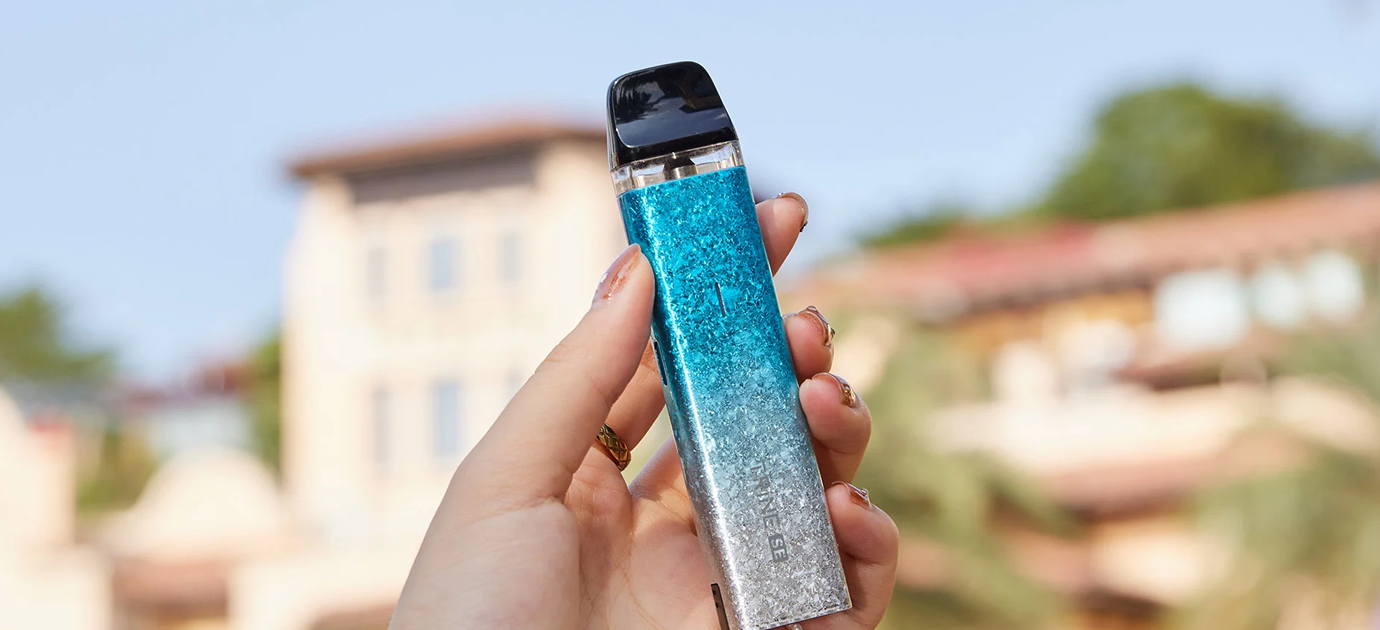
Is the Disposable Vape Ban Delivering Results? The Role of eLiquid in a Smarter Vaping Future
2025-08-27
disposable vape ban/ eLiquid/ vaping regulation/ reusable vapes/ underage vaping/ sustainable vaping/ nicotine salt eLiquid/ TPD-compliant eLiquid/
In recent years, disposable vapes have sparked global concern—from their skyrocketing popularity among teens to the environmental harm of single-use plastic and battery waste. In response, countries like the UK, EU nations, and parts of the U.S. have rolled out "disposable vape bans" aimed at curbing these issues.
In recent years, disposable vapes have sparked global concern—from their skyrocketing popularity among teens to the environmental harm of single-use plastic and battery waste. In response, countries like the UK, EU nations, and parts of the U.S. have rolled out "disposable vape bans" aimed at curbing these issues. But the question remains: Is the disposable vape ban working? As regulators, vapers, and industry leaders like those focused on eLiquid innovation weigh in, the answer reveals a mix of progress, challenges, and the growing importance of sustainable alternatives.
The Case for the Disposable Vape Ban: Why Action Was Needed
Before bans took effect, disposable vapes dominated markets with their convenience and bold flavors—but at a steep cost. Data from public health bodies highlighted a surge in underage vaping, with teens drawn to colorful, candy-flavored disposables. Environmentally, millions of discarded devices ended up in landfills or oceans, as their non-recyclable components (and often unregulated eLiquid residues) posed long-term risks.
For adult vapers using disposables as a smoking cessation tool, the downsides were equally clear: limited control over nicotine strength, inconsistent eLiquid quality, and higher long-term costs compared to reusable devices. These factors made a ban on single-use disposables not just a public health measure, but a push toward more responsible vaping.
Early Signs of Progress: Where the Ban Is Working
In regions where the ban has been fully enforced—such as Scotland and parts of the EU—initial data shows promising shifts. Retail tracking reports indicate a 40% drop in disposable vape sales in the UK’s regulated markets since early 2024, with a corresponding decline in teen vaping rates (per surveys by Public Health England). Environmental groups also note a reduction in vape-related litter in urban areas, a small but meaningful win for waste reduction.
Crucially, many adult vapers have shifted to reusable vape devices—tools that rely on refillable eLiquid tanks. This transition aligns with the ban’s goals: reusable devices let users choose high-quality, regulated eLiquid (with precise nicotine levels and transparent ingredients), reducing exposure to the untested formulations often found in cheap disposables. For example, vapers now opt for premium eLiquid blends (from fruit to menthol profiles) that match their preferences, making the switch from disposables smoother and more sustainable.
The Challenges: Black Markets and Unmet User Needs
Yet the ban is not without hurdles. A key issue is the rise of unregulated disposable vapes sold through black markets—often imported illegally, with eLiquid that contains harmful additives (like excessive nicotine or toxic chemicals) and no age-verification checks. These products bypass the ban, putting teens and adults at risk while undermining regulatory efforts.
Another challenge is ensuring adult vapers have accessible, satisfying alternatives. For those used to the "grab-and-go" convenience of disposables, switching to reusable devices requires education—specifically, how to choose the right eLiquid (e.g., nicotine salts vs. freebase eLiquid) and maintain their devices. Without this support, some users may revert to smoking or seek out banned disposables.
eLiquid: The Unsung Hero of a Post-Disposable Future
As the ban evolves, high-quality eLiquid has emerged as a critical component of its success. Here’s why:
- Customization for Quitting: eLiquid comes in a range of nicotine strengths (from 0mg to 50mg) and flavors, letting adult vapers tailor their experience to curb cravings—something disposables rarely offer. For example, a former heavy smoker might start with 35mg nicotine salt eLiquid in a pod system, then taper down over time.
- Quality and Safety: Regulated eLiquid brands adhere to strict standards (like UK’s TPD regulations), ensuring no hidden toxins. This contrasts with disposable vapes, where eLiquid quality was often an afterthought.
- Sustainability: Refillable eLiquid tanks cut down on waste, aligning with the ban’s environmental goals. A single bottle of eLiquid can replace dozens of disposables, reducing plastic and battery pollution.
What’s Next? Making the Ban Work Long-Term
For the disposable vape ban to deliver on its promise, three steps are essential:
- Tougher Enforcement: Crack down on black market disposables, with penalties for illegal imports and sales.
- eLiquid Education: Launch campaigns to teach vapers how to select, use, and store eLiquid safely—emphasizing its role in a sustainable vaping routine.
- Affordable Reusable Options: Ensure reusable devices and budget-friendly, high-quality eLiquid are accessible to all adult vapers, removing barriers to switching.
Conclusion
The disposable vape ban is making progress—reducing teen access and environmental harm—but it’s not yet a complete success. The key to closing gaps lies in supporting adult vapers with better alternatives, particularly regulated eLiquid and reusable devices. By focusing on quality, customization, and sustainability, the ban can evolve from a restriction to a catalyst for a smarter, healthier vaping ecosystem. For anyone navigating this shift, choosing trusted eLiquid and reusable tools isn’t just compliant—it’s a choice that benefits both personal health and the planet.

